WASHINGTON — The Federal Reserve has taken unprecedented actions to stabilize U.S. financial markets and keep credit flowing as the coronavirus pandemic halted the nation’s longest economic expansion.
The Fed acted quickly March 3 by announcing its first emergency interest rate cut since the 2007-9 financial crisis. The central bank further slashed the federal funds rate to zero on March 15 while at the same time urging banks to lend via the discount window.
But the Fed has also used its emergency lending powers under authority granted by Section 13(3) of the Federal Reserve Act to prepare a number of credit facilities to rescue flailing markets, something that the central bank had not done since the financial crisis.
Over a decade ago, the Fed created six credit facilities and used its emergency lending powers to provide financial assistance to AIG, Bear Stearns, Citigroup and Bank of America. The Dodd-Frank Act later amended Section 13(3) to prevent the Fed from bailing out specific firms.
In less than two months this year, the Fed has announced 11 different credit facilities, all intended to support the flow of credit to households and businesses that may have encountered financial difficulties as a result of the coronavirus.
Although the Fed has only officially fired up four of the 11 programs, the announcements on their own can serve to soothe markets and ease some financial pressure already.
“We haven't made any corporate loans in those facilities … and yet there's a tremendous amount of financing going on, and that's a good thing,” Fed Chairman Jerome Powell said in an April 29 press conference. “The ultimate demand for these facilities is quite difficult to predict because there is this announcement effect that it really gets the market functioning again.”
Powell also pledged to use the Fed’s complete range of tools to limit economic fallout, saying that the central bank had the ability to expand existing facilities if needed.
Here’s a breakdown of all of the credit facilities the Fed has established or announced using its emergency lending powers:
Commercial Paper Funding Facility
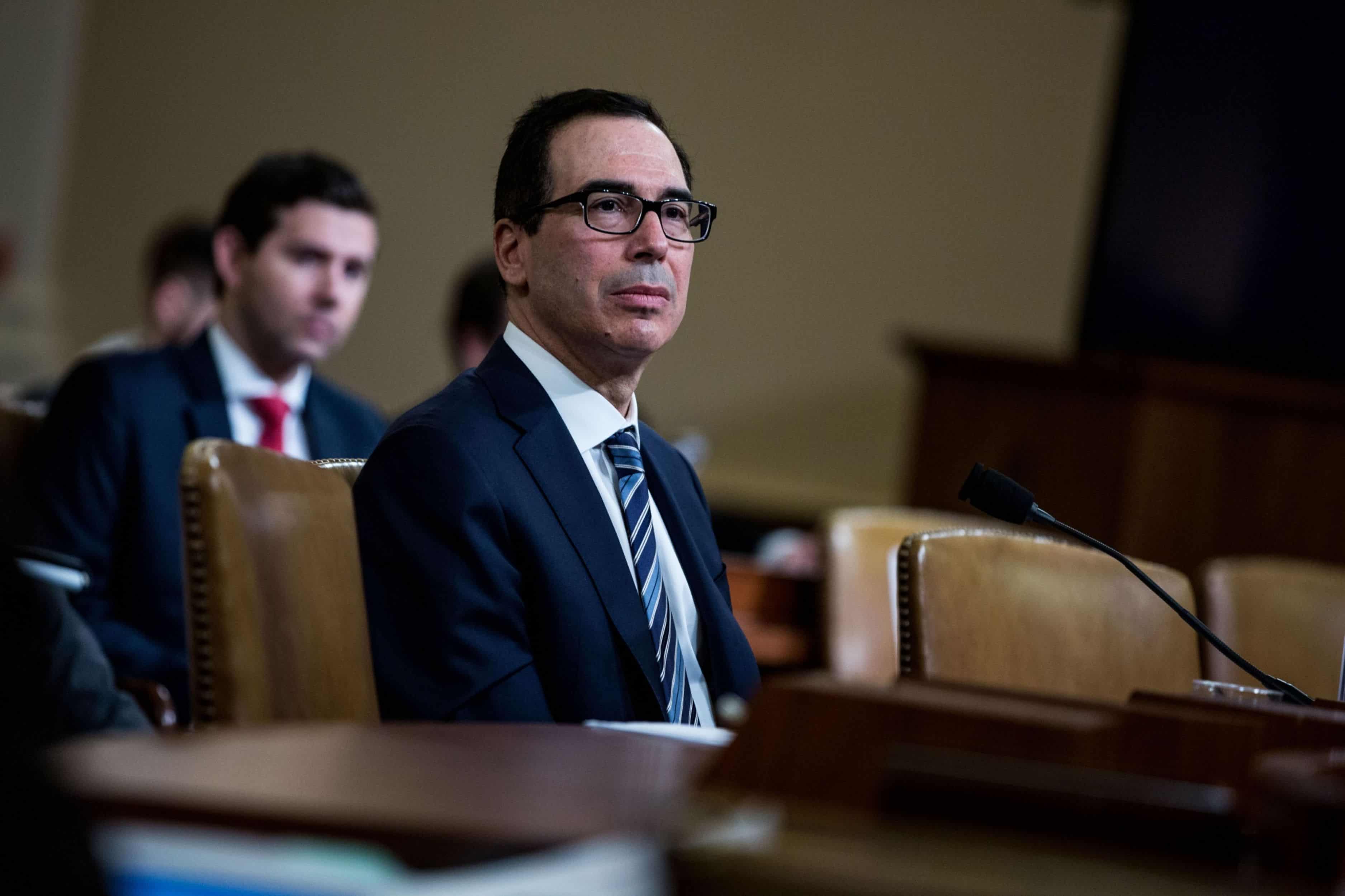
The Fed first flexed its 13(3) powers March 17 when it revived a 2008-era facility to provide a liquidity backstop for commercial debt issuers through the Commercial Paper Funding Facility.
Commercial paper consists of unsecured, short-term notes that businesses and municipalities often use to finance liabilities like payroll, accounts payable or other operational needs.
However, the commercial paper market became distressed as the coronavirus began rocking markets, causing investors to become wary of buying commercial paper, which in turn triggered soaring interest rates on longer-term commercial paper, according to the Federal Reserve Bank of New York.
In response, the Fed re-launched the facility that acts like a special-purpose vehicle buying unsecured and asset-backed commercial paper from eligible companies.
The Treasury Department is providing $10 billion of credit protection to the Fed for the commercial paper facility from the department’s Exchange Stabilization Fund, and the New York Fed also has committed lending to the facility on a recourse basis.
"By providing short-term credit, the CPFF will help American businesses manage their finances through this challenging period," Treasury Secretary Steven Mnuchin said in a statement on the day it was announced. The CPFF will provide a liquidity backstop to U.S. issuers of commercial paper through a special purpose vehicle that will purchase three-month unsecured and asset-backed commercial paper directly from eligible issuers.
Even before the facility was up and running, the Fed announced it would reduce the pricing associated with using the Commercial Paper Funding Facility, and expanded the program to include high-quality, tax-exempt commercial paper as eligible securities.
The facility began making purchases April 14. The Fed said as of that day the facility had issued $249.3 million in loans.
Primary Dealer Credit Facility
The Fed also announced March 17 that it would establish a credit facility for primary dealers — banks that buy government securities directly from the Fed and the Treasury.
The Primary Dealer Credit Facility was designed to “help address illiquidity, mitigate disruptions in funding markets, support smooth market functioning and help facilitate the availability of credit to American workers and businesses,” Mnuchin said.
The facility, which became available March 20, is accessible to primary dealers of the New York Fed, and provides loans for terms of up to 90 days. Loans made under the PDCF are charged an interest rate equal to the primary credit rate at the New York Fed.
The Primary Dealer Credit Facility will be in place for six months, but could be extended, Mnuchin said in a statement.
As of April 14, the facility had issued $34.5 billion in loans, the Fed said.
Money Market Mutual Fund Liquidity Facility
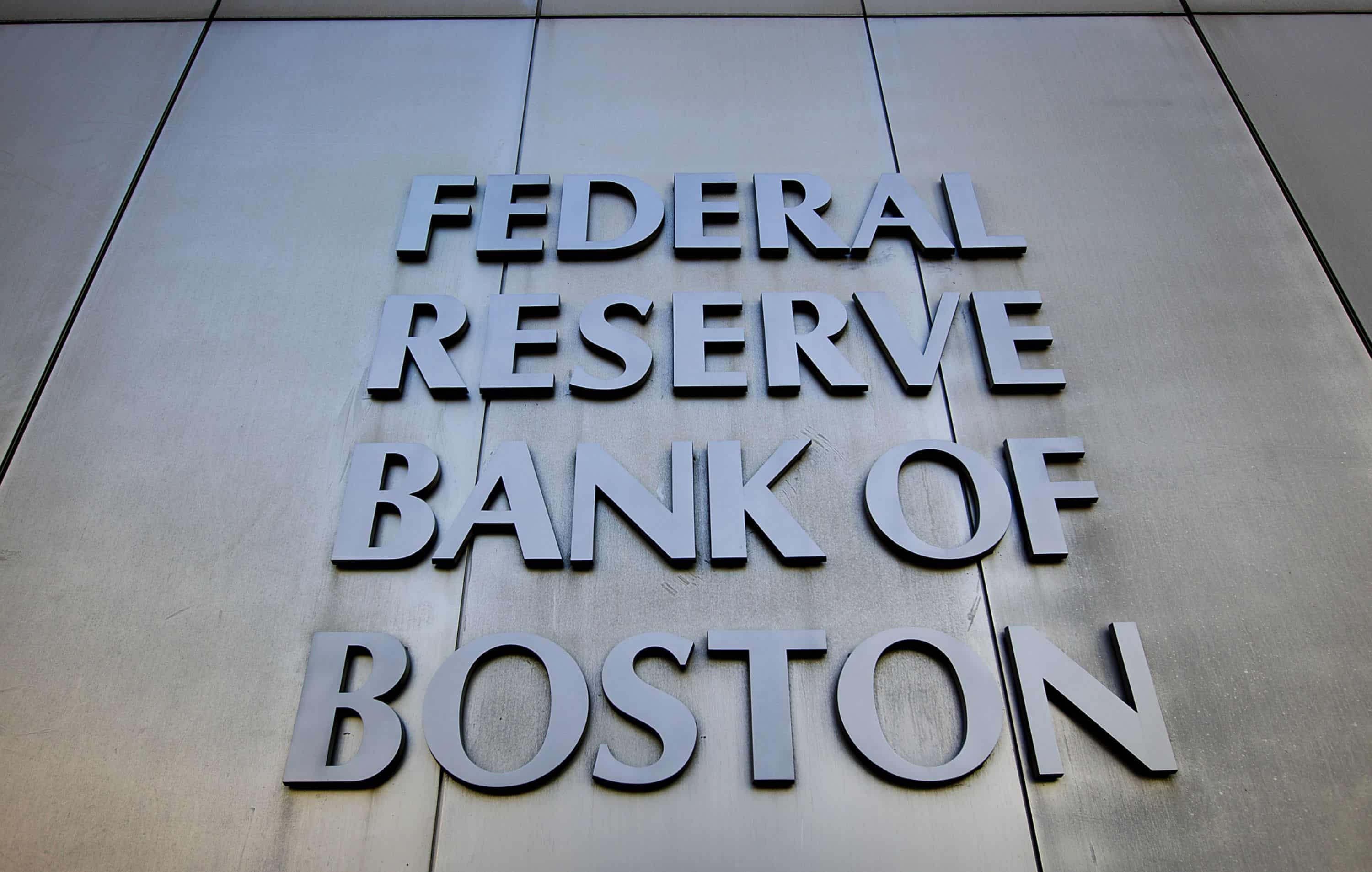
The Fed announced the creation of the Money Market Mutual Fund Liquidity Facility March 19 in an effort to support money market mutual funds as the coronavirus continued to put pressure on short-term funding markets.
The following day, the Fed, Office of the Comptroller of the Currency and the Federal Deposit Insurance Corp. made a technical change to bank capital requirements that allowed banks to use the facility.
Through the facility, the Federal Reserve Bank of Boston makes loans to financial institutions that allows them to purchase assets from money market mutual funds.
Money market funds supply credit to banks and businesses by purchasing commercial paper.
Treasury is providing $10 billion of credit protection to the facility, which began lending March 23. The same day, the Fed announced that the facility would be expanded to include a wider range of securities, including municipal variable rate demand notes and bank certificates of deposit.
As of April 14, the Fed said the facility had issued more than $51 billion in loans.
Primary Market Corporate Credit Facility, Secondary Market Corporate Credit Facility
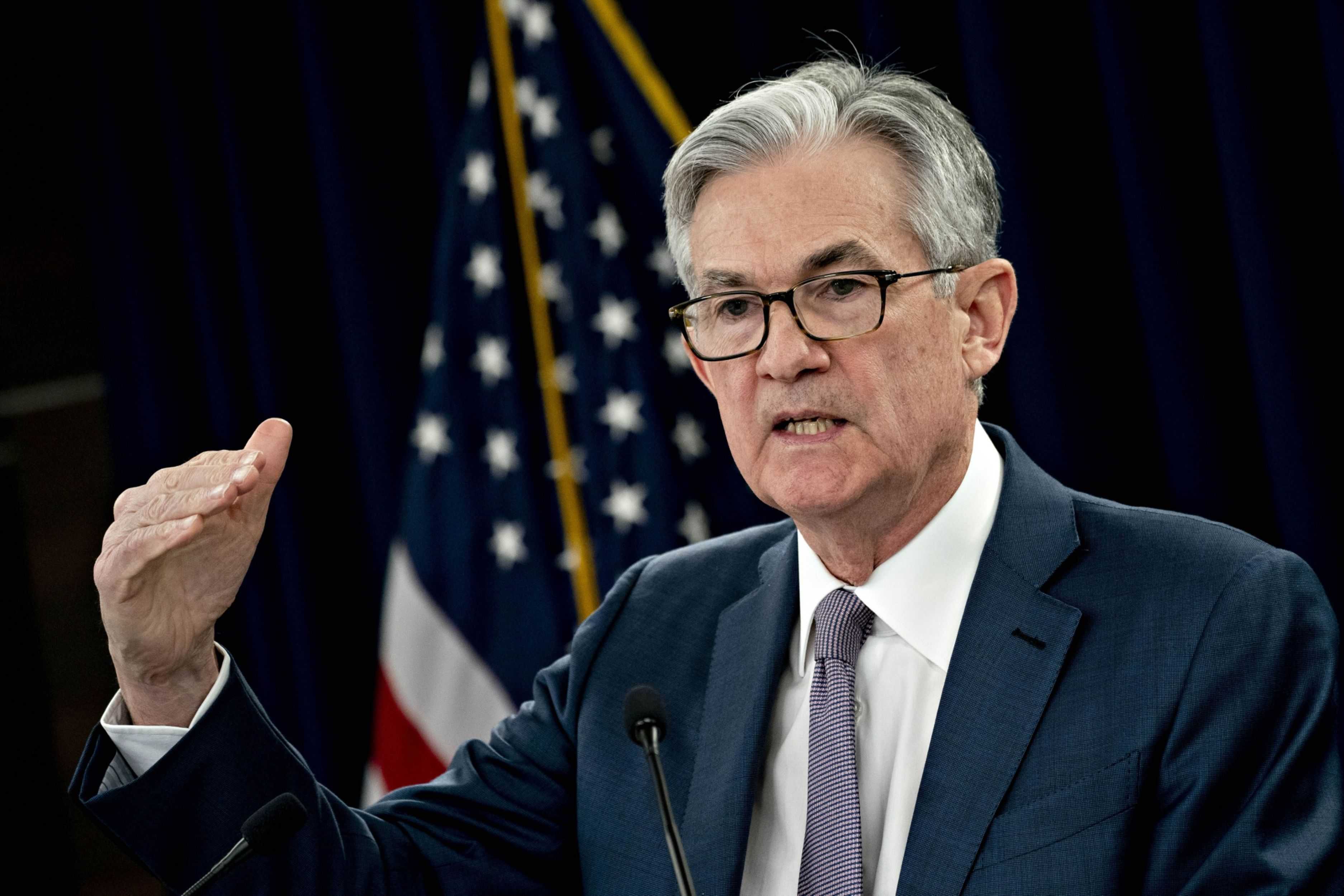
The Fed said March 23 it would establish the Primary Market Corporate Credit Facility to preserve the flow of credit to large investment-grade employers through new bond and loan issuance.
The central bank also said it was creating the Secondary Market Corporate Credit Facility to focus on outstanding corporate bonds.
In an April 29 press conference, Fed Chairman Jerome Powell said both facilities are “near being finalized.”
The Primary Market Corporate Credit Facility was stood up to better position companies to be able to “maintain business operations and capacity,” while the Secondary Market Corporate Credit Facility was created as a liquidity backstop for corporate debt, according to the New York Fed.
Treasury made an initial allocation of $50 billion to the Primary Market Corporate Credit Facility and $25 billion to the Secondary Market Corporate Credit Facility.
The Fed also said April 9 that the two facilities would expand in both size and scope to support up to $750 billion in credit to corporate debt issuers.
The expansion allows companies that were investment-grade before the onset of the coronavirus but then subsequently downgraded after March 22 to gain access.
Term Asset-Backed Securities Loan Facility
The Fed said March 23 it would revive the Term Asset-Backed Securities Loan Facility to back the flow of credit to households and businesses. That facility will support the issuance of asset-backed securities backed by student loans, auto loans, credit card loans and Small Business Administration-guaranteed loans, which will offer some relief to those borrowers.
However, the program drew criticism from some who had hoped the Fed would make consumer loans eligible to be securitized through the facility.
The Term-Asset Backed Securities Loan Facility — which is being called TALF 2.0 — will make $100 billion in loans until Sept. 30, unless it is expanded in size. Treasury is contributing $10 billion to the program through its Exchange Stabilization Fund to cover loan losses.
Like the TALF program from the financial crisis, this one will also impose a haircut on pledged collateral. The haircut schedule mirrors the one used for the 2008 TALF program.
The Fed said April 9 it would scale up TALF 2.0 in scope to include triple A-rated tranches of commercial mortgage-backed securities and newly issued collateralized loan obligations. The program has not yet been launched.
Paycheck Protection Program Liquidity Facility
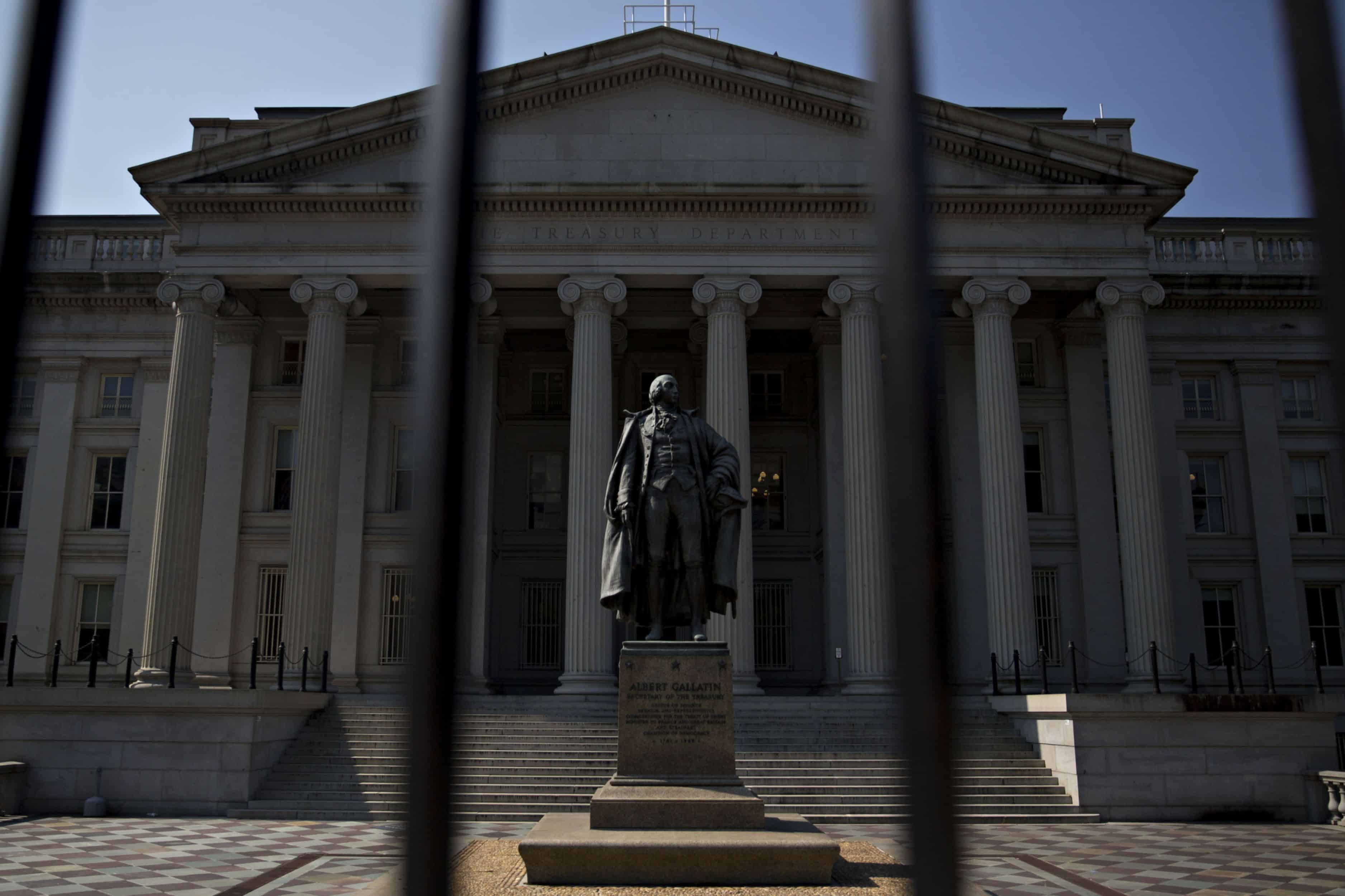
The Paycheck Protection Program, administered by Treasury and the Small Business Administration, is designed to help small firms pay their employees and cover expenses during the pandemic. Many of the loans — made by banks, credit unions and other approved lenders — will be converted to grants if borrowers meet certain conditions.
The Fed on April 6 announced it would step in to help provide financing to banks so that they could issue more loans to struggling small businesses. The agency provided more information on the facility April 9, saying that the program would offer credit to financial institutions that originate PPP loans, taking those loans as collateral at face value.
Initially, the facility was only available to banks and other traditional lenders after it became operational April 16, but the Fed said April 30 that it would extend the program to certain nonbanks lenders after the SBA expanded lender eligibility.
Municipal Liquidity Facility

The Fed on April 9 said it would create a Municipal Liquidity Facility to support state and local governments with up to $500 billion in lending. Treasury committed to backing $35 billion for the facility using funds appropriated by the Coronavirus Aid, Relief and Economic Security Act.
The notes that municipalities will be able to sell through the facility should help cities and states get through a period of time with suppressed economic activity and lower tax revenues as many operate under stay-at-home orders.
Originally, the Fed said the Municipal Liquidity Facility would make short-term financing available to cities with a population of more than 1 million or counties with a population of greater than 2 million. But on April 27, the Fed expanded the program to counties with at least 500,000 residents and cities with at least 250,000 residents.
The Fed has also said that it is considering allowing government entities that issue bonds backed by their own revenue to participate in the Municipal Liquidity Facility as eligible issuers and “will evaluate whether additional measures are needed to support the flow of credit and liquidity to state and local governments.”
The facility has not yet been launched.
Main Street Lending Program
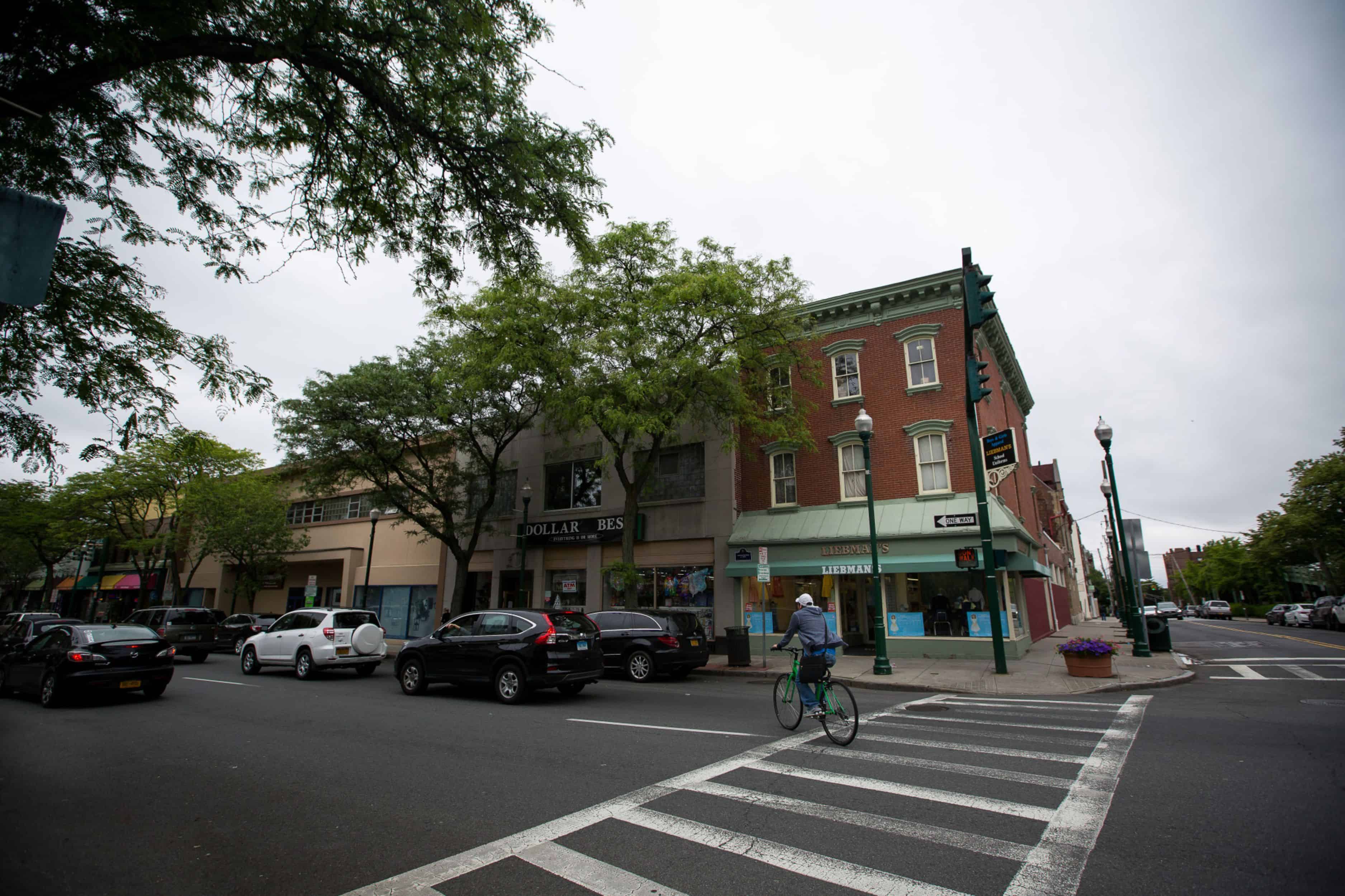
The Fed said April 9 it would purchase up to $600 billion in loans through the Main Street Lending Program, which Congress allowed for in the stimulus package it passed in March.
Through the program, eligible businesses will be able to obtain four-year loans, with principal and interest payments deferred for a year. Those companies “must commit to make reasonable efforts to maintain payroll and retain workers” and comply with the stock buyback restrictions laid out in the CARES Act.
“The Main Street Business Lending Program will make a significant difference for the 40,000 medium-sized businesses that employ 35 million Americans,” said Mnuchin. “This important Main Street initiative complements the robust relief efforts already underway such as the Paycheck Protection Program, Employee Retention Credits, and Economic Impact Payments, while protecting taxpayer funds.”
Originally, the Fed said only small and midsize companies that either employ up to 10,000 workers or have less than $2.5 billion in revenue would be eligible for the program, but after receiving feedback the Fed expanded eligibility to companies with up to 15,000 employees or $5 billion in revenue.
The Fed also announced April 30 that it would cut by half the minimum loan amount available through the program to $500,000.
The program will consist of three separate facilities: the Main Street New Loan Facility, the Main Street Expanded Loan Facility and the Main Street Priority Loan Facility.
The Main Street Priority Loan Facility — which the Fed added April 30 — will issue loans up to either $25 million or six times the borrower’s 2019 earnings before interest, taxes, depreciation and amortization.
The Main Street Expanded Loan Facility will enable banks to expand existing loans up to either $200 million or 35% of the existing bank loan, while the Main Street New Loan Facility will issue loans up to either $25 million or four times the borrower’s 2019 earnings before interest, taxes, depreciation and amortization.
Borrowers can still obtain loans through the Main Street Lending Program if they have received loans from the SBA’s Paycheck Protection Program.
At a press conference April 29, Powell said the Fed will “probably be continuing to work and expand Main Street for some time." He added that the program likely wouldn’t be completed as quickly as the Primary Market Corporate Credit Facility and the Secondary Market Corporate Credit Facility.
He also emphasized that the program could be expanded if necessary to accommodate demand.

